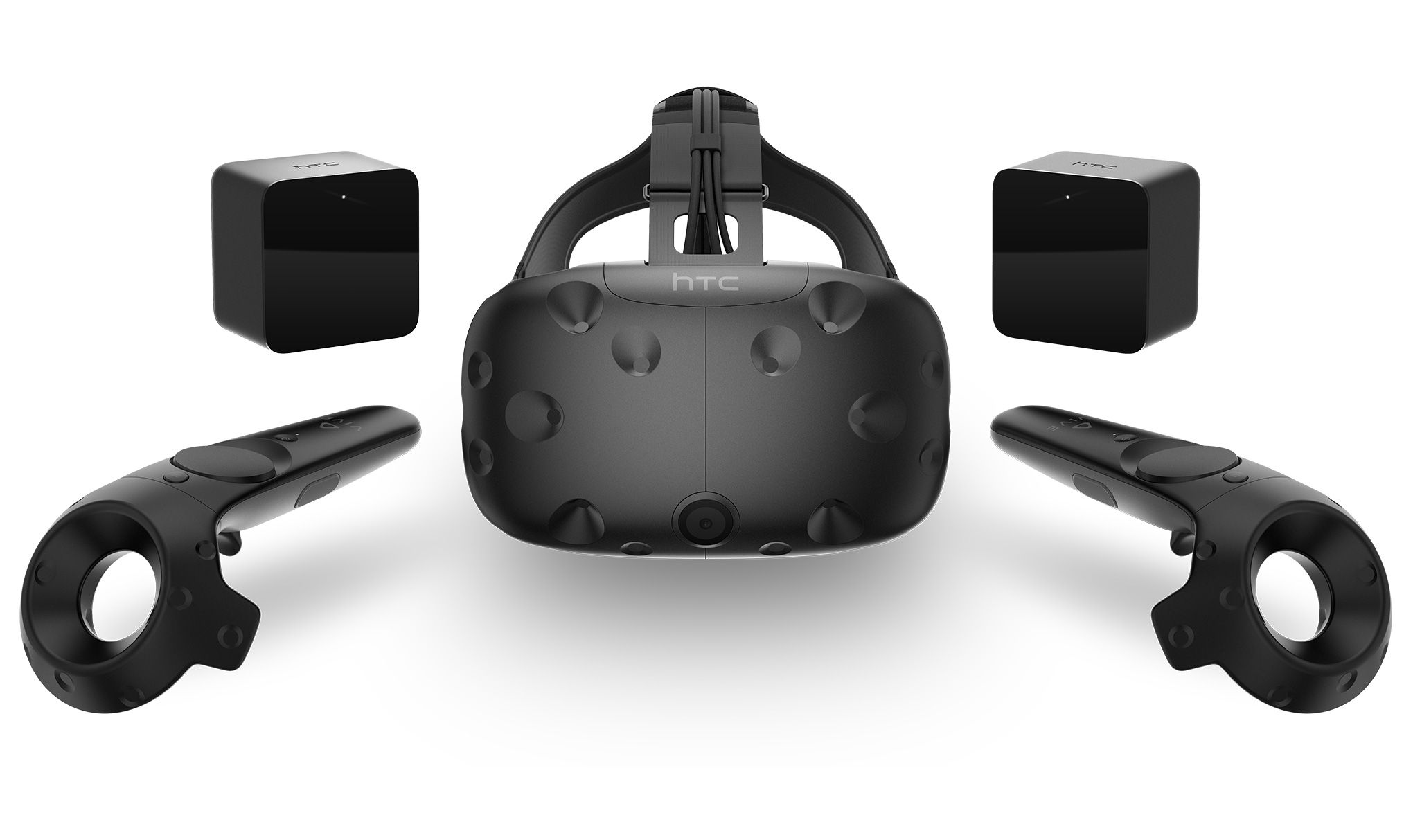This has mostly been updating the model/scene that we want and to begin the UV process. Compared to last week my work flow is to complete the main objects I want in the scene first then polish them before starting the unwrapping the UV process.
 The objects in the scene that I have included this week are the, lamp, ashtray, two shot glasses, a liquor bottle and a packet of cigarettes with 3 cigarettes in it. I have also added more to the type writer, the main improvement for that are now the keys. I will do one more model for the scene for now (the telephone) then update all of the models in this scene by making them smoother.
The objects in the scene that I have included this week are the, lamp, ashtray, two shot glasses, a liquor bottle and a packet of cigarettes with 3 cigarettes in it. I have also added more to the type writer, the main improvement for that are now the keys. I will do one more model for the scene for now (the telephone) then update all of the models in this scene by making them smoother.The way that I have done this process at a decent pace is by giving some models multiple objects to work on. Two examples would be the lamp shade and the lamp are two separate objects while the typewriter has over five so far. For now i will add as much detail to the scene as possible but by the end I will normal map the scene to lower the poly count but without removing the detail. As well as unwrapping the UV's in the scene and texturing, other elements in the scene will be the lighting too add to the ambiance to the scene.
My main problem now is that the typewriter has a major drop in the top and how to do it right is going to be a problem.As well as finding a way to make the shot glasses clear rather than opaque.















































